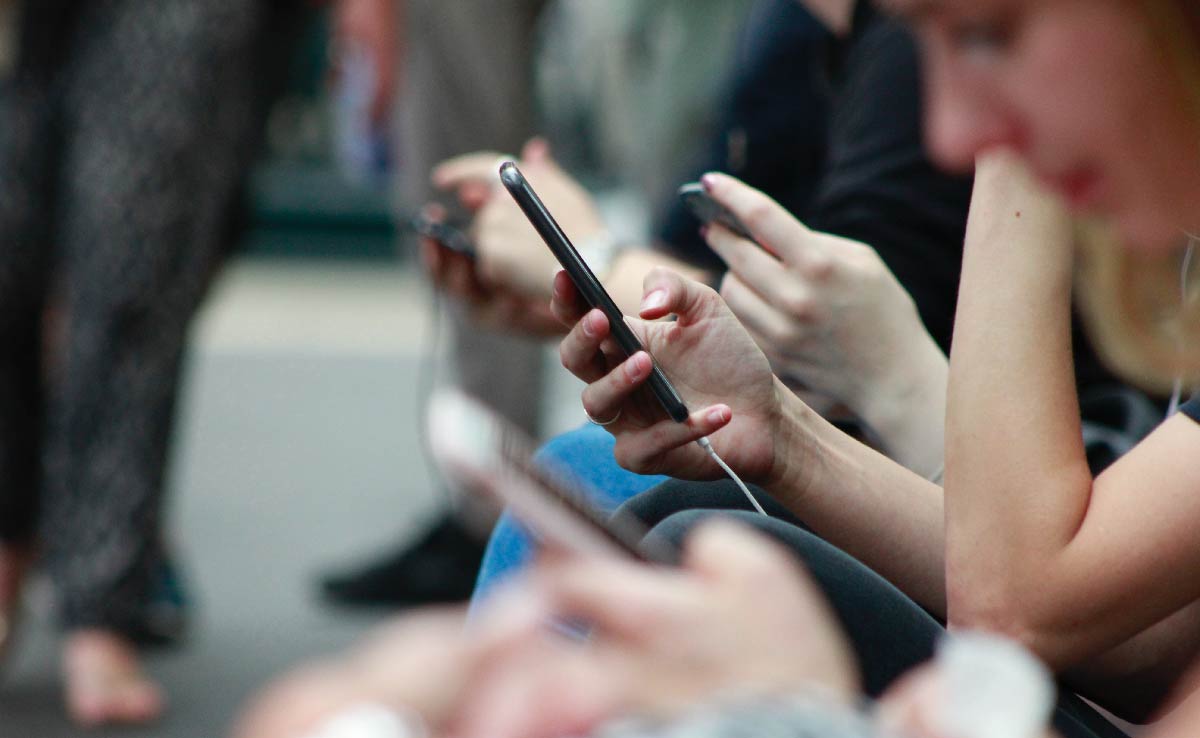
Three practical ways to detect and debunk misinformation
Ellie Blanchard

To stay in the loop with Dan’s fact-checks of viral claims, join the RumorGuard for timely alerts.

“If you want to be informed, if you don’t want to be fooled by this sort of stuff, you have to be an active consumer. You can’t just take these rumors as they are.”
🐌 Slow down
Information travels quickly on the internet. If a post prompts an emotional reaction, practice patience and seek out additional sources as you look for answers. Dan suggests asking yourself, “If that image or claim is true, what else would need to be true?” For example, a fake image that appeared to show the Eiffel Tower on fire went viral earlier this year. If the Eiffel Tower were truly on fire, you would also be able to find breaking news coverage, photos and videos taken from multiple angles, statements from local officials and police reports. But none of that was true when that false image circulated in January.
“The problem is that there’s so much information that comes at us that we rely on our instincts too much, and we have to slow down to critically examine content.”
🖼️ Remove the frame
Misinformation is often designed to exploit our biases, and content on social media is often paired with a caption to prime the way we view it. Try this exercise: If you ignore the photo or video’s caption, what do you see? Try to view the content for what it is, rather than in the context set up by another user.
“When we remove the frame and just view the content as itself, we can make our own conclusions before we can be influenced by these people who are spreading falsehoods.”
🥸 Check the source
Not all internet sources are created equal. If you come across an unusual or bold claim on social media, look into the account that posted the information. Does the source post legitimate news coverage, or does it focus on satire and jokes?

